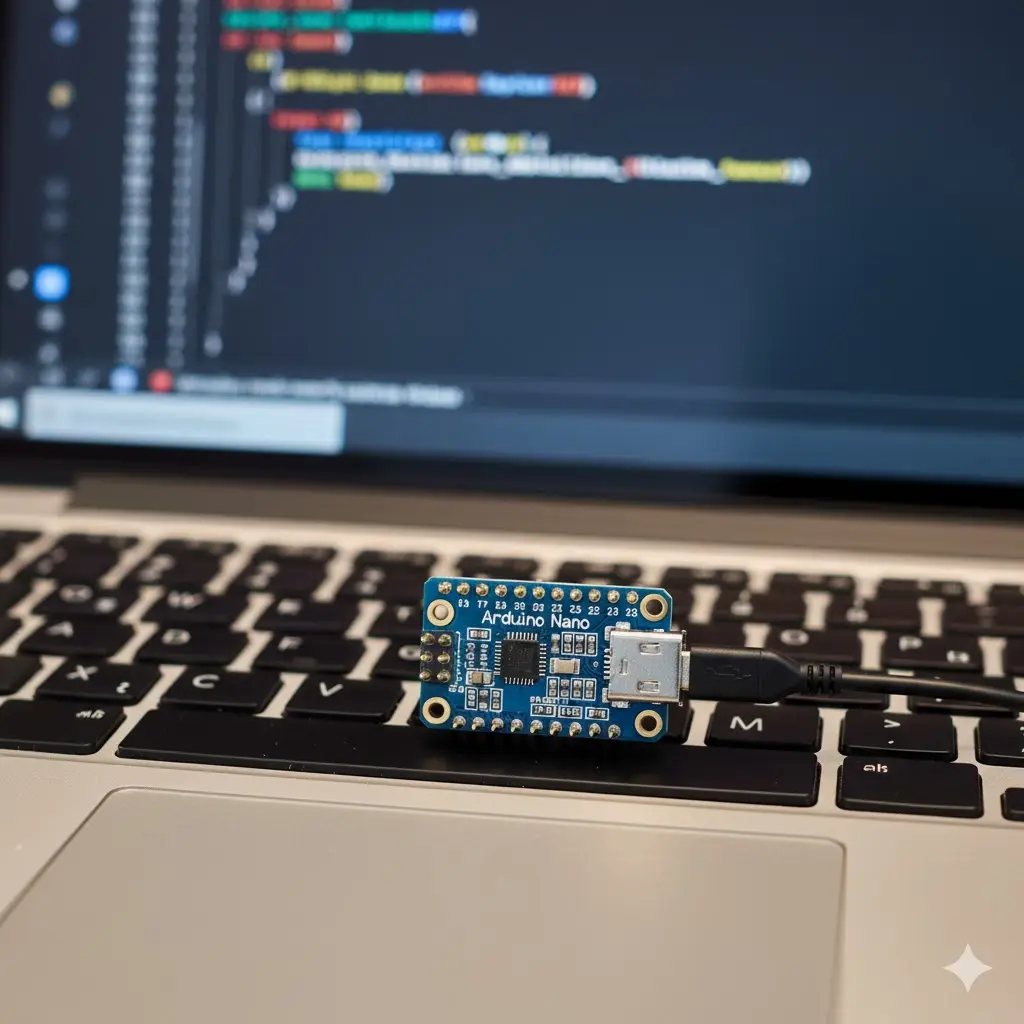A Comparison of Serial Terminal Tools
When it comes to serial terminals, there is no single "best" tool for everyone. The right choice depends on your operating system, your technical needs, and your workflow.
~6 minutes

When it comes to serial terminals, there is no single "best" tool for everyone. The right choice depends on your operating system, your technical needs, and your workflow. Let's compare serialterminal.app to some of the most popular native applications to help you understand the landscape.
serialterminal.app (Web-Based)
- Platform: Windows, macOS, Linux, ChromeOS (anywhere with a compatible browser).
- Pros:
- No installation: Ultimate convenience and portability.
- Consistent UI: Looks and works the same on every OS.
- Always up-to-date: You get new features and fixes automatically.
- Modern features: Often includes quality-of-life features like timestamps, color support, and easy-to-use line setting controls.
- Cons:
- Requires a compatible browser: Won't work on Firefox or Safari (as of late 2025).
- Limited scripting: Not designed for complex automation or scripting that some native tools offer.
- Browser limitations: Features like saving a persistent log file directly to a path can be less straightforward than in a native app.
- Best for: Hobbyists, students, quick diagnostics, users in restricted IT environments, and professionals who value speed and cross-platform consistency.
PuTTY (Windows)
- Platform: Primarily Windows, with ports available for other OSes.
- Pros:
- Industry standard: A trusted and stable tool for decades.
- Lightweight: A small, single executable file.
- More than just serial: It's also a powerful SSH and Telnet client.
- Advanced logging: Robust options for saving session output to a file.
- Cons:
- Dated UI: The interface and configuration windows can feel clunky and unintuitive.
- Windows-centric: While it runs on other platforms, it feels most at home on Windows.
- No on-the-fly changes: You must close the session to change the baud rate or other settings.
- Best for: Windows power users, network administrators who need SSH/Telnet in the same tool, and situations requiring detailed session logging.
Arduino IDE Serial Monitor (Cross-Platform)
- Platform: Windows, macOS, Linux.
- Pros:
- Integrated: Built directly into the Arduino IDE, making it seamless for Arduino development.
- Simple: Very easy to use for basic input and output.
- Auto-resets board: Can automatically toggle DTR/RTS lines to reset some Arduino boards on connection.
- Cons:
- Very basic: Lacks almost all advanced features. No timestamps, no hex view, limited settings.
- Closes on upload: The monitor must be closed every time you upload new code, which is a major workflow interruption.
- Tied to the IDE: Not a general-purpose tool for non-Arduino devices.
- Best for: Absolute beginners doing their first Arduino tutorials. Most users outgrow it quickly.
minicom (Linux)
- Platform: Linux and macOS.
- Pros:
- Powerful and scriptable: A true command-line tool that can be integrated into shell scripts for automation.
- Highly configurable: Nearly every aspect of its behavior can be controlled.
- Works over SSH: You can run
minicomon a remote machine (like a Raspberry Pi) and interact with its serial ports from your own computer.
- Cons:
- Steep learning curve: Its command-driven interface (e.g.,
Ctrl+A, Zfor help) is not intuitive for new users. - Text-based UI: It's purely a terminal application, which can be less user-friendly than a graphical tool.
- Steep learning curve: Its command-driven interface (e.g.,
- Best for: Linux power users, embedded Linux developers, and anyone needing to automate serial interactions.
Conclusion
| Feature | serialterminal.app | PuTTY | Arduino Monitor | minicom |
|---|---|---|---|---|
| Installation | None | Yes (portable) | Yes (part of IDE) | Yes |
| Platform | All (Browser) | Windows-focused | All | Linux/macOS |
| Ease of Use | Very High | Medium | Very High | Low |
| Modern UI | Yes | No | Yes | No |
| On-the-fly settings | Yes | No | No | Yes |
| Scripting | No | Basic | No | Excellent |
For everyday debugging and general use across multiple platforms, the convenience of a tool like serialterminal.app is hard to beat. For highly specialized tasks like automation or deep system administration, a native tool like minicom or PuTTY might still be the preferred choice.